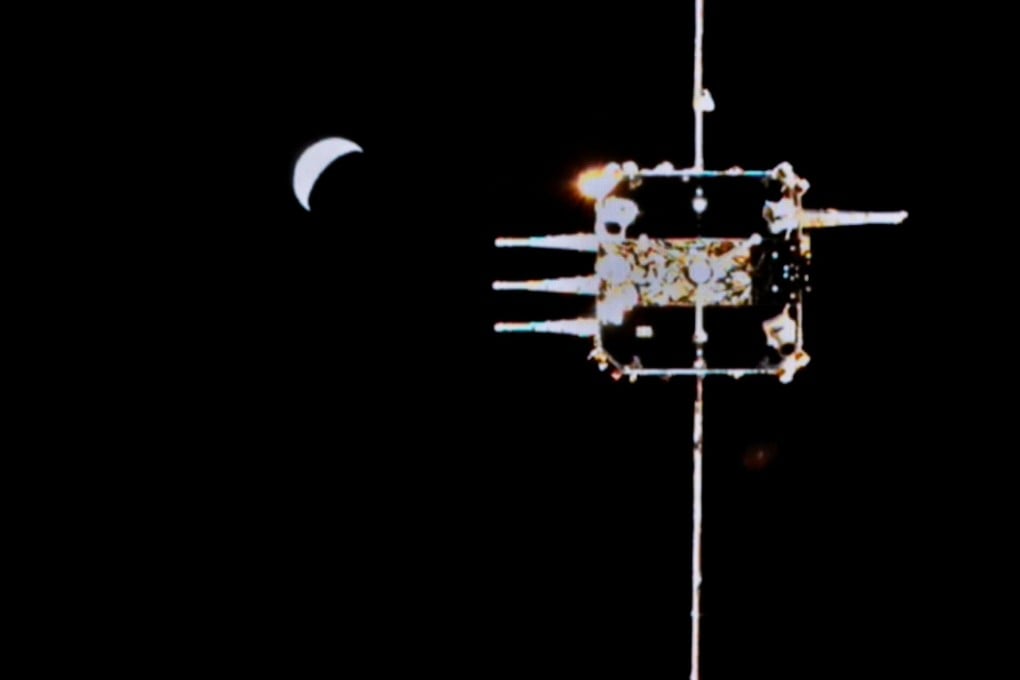Docking done, China’s Chang’e moon mission is ready to return to Earth
- In a complex manoeuvre, the lunar probe linked up with the orbiter and transferred rock and soil
- Samples expected to tell more of the story of how the moon was formed

The probe, named after the mythical Chinese moon goddess, lifted off the lunar surface on Thursday and linked up with orbiting spacecraft at 6.12am, according to the China National Space Administration (CNSA) in Beijing.

02:12
Chang'e 5 returning to China with lunar rock samples
China launched the spacecraft on November 24 to bring back rocks and soil from the moon in the first bid by any country to retrieve samples since 1976.
“From the point of view of the samples, the main difference from the previous samples obtained by the United States and the Soviet Union is the difference in the landing area,” Pei Zhaoyu, deputy director of the CNSA’s Lunar Exploration and Space Programme Centre, told state broadcaster CCTV on Friday.
“The material composition and stratum structure of different sampling points may be different so by studying these samples, we can reconstruct the formation process of this area, and the scientific understanding of the cause and evolution of the moon,” Pei said.
The CNSA did not disclose the weight of the samples.